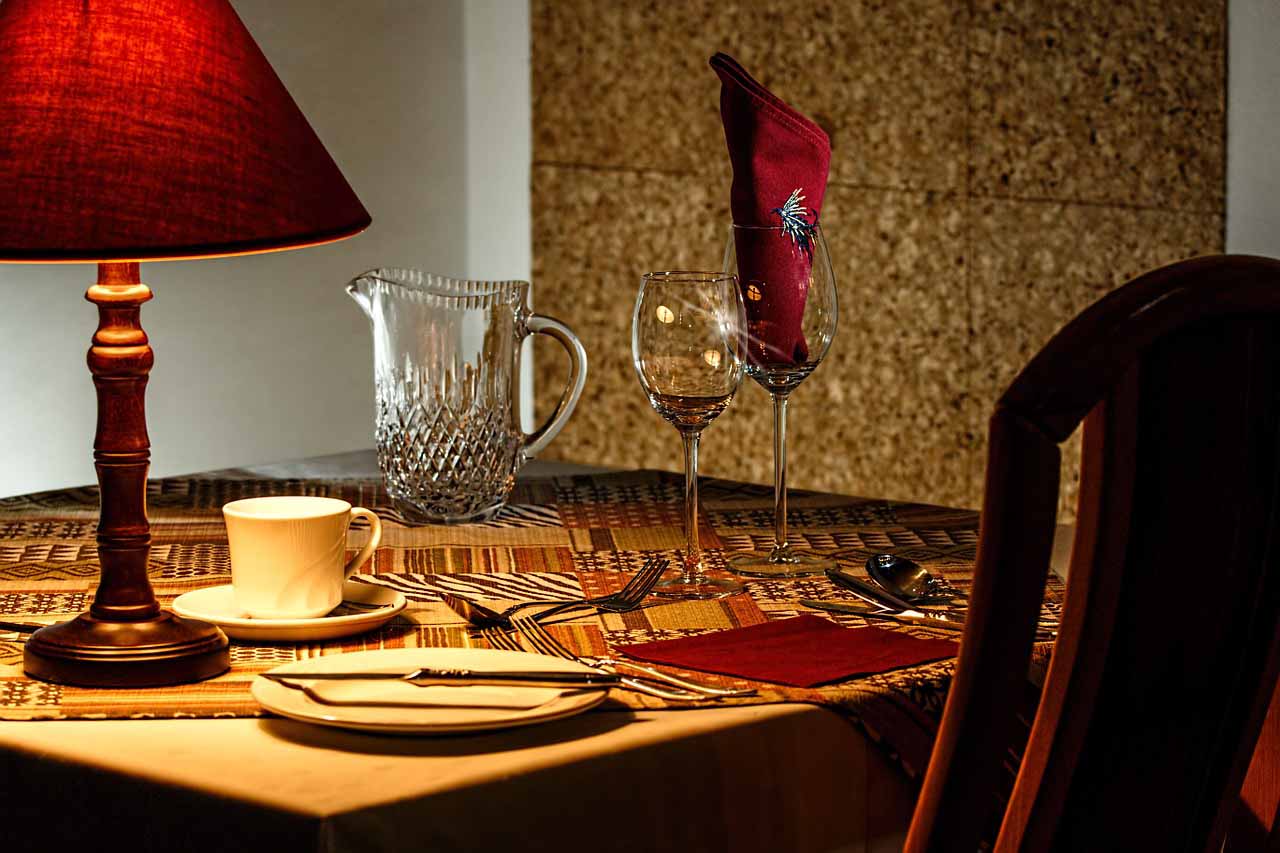The reason why coffee has evolved to become its own food science is a wonder. Typical morning lovers of coffee may not really know what’s behind a true and honestly great cup of coffee while true avid coffee-lovers like us know exactly what we’re looking for in a cup of coffee.
Though a wonderful cup of coffee is produced differently using different brewing methods, the real taste boils down to the origin and the roast of each coffee bean. But tastes vary and the origin of every coffee starts with the type of roast you are using. If you’re not certain as to how you like your coffee to be roasted when going to a coffee roaster to make a purchase, here’s a guide to help you out.
Light Roasts
Light roasts have the most concentration of caffeine. The taste is slightly more acidic and with an
added earthy or grain-taste flavor. Light roast coffee is roasted until the ‘first crack’ or until the coffee
beans expand. At this point, the coffee isn’t roasted well enough to allow the oils of the coffee to
reach the surface.
- Cinnamon Roast (385 degrees) has a sharp acidic taste with an earthy or grassy flavor.
- New England Roast (401 degrees) is moderately light brown in color. It doesn’t have the grassy flavor but it is still acidic. This is quite popular in the United States.
Medium Roasts
Medium Roasts are characterized by lesser acidity and a more balanced taste. It is the roast right
after the first crack before the beginning of the second crack. Medium roasts have significantly reduced acidity. The aroma of the coffee is more prominent and it has a more pronounced balanced flavor.
- American Roast (410 degrees) is medium light brown in color. It preserves the origin flavor and has a reduced acidity to it with an added touch of aroma.
- City Roast (426 degrees) very common for specialty coffee especially in the United States.
Medium Dark Roasts
This is when the oil begins to show on the surface of the coffee beans. It has more aroma, little to no acidity with a spiciness to it. This is a good choice for brewing espresso. Manual espresso machines can handle oily beans, but if you own a super-automatic, you might look at City Roast or even American Roast.
- Full City Roast (437 degrees) is at the beginning of the second crack with a more aromatic flavor.
- Vienna Roast (446 degrees) is moderately dark brown in color and characterized by its bittersweetness. It also has a hint of caramel but the origin flavor has disappeared at this stage.
Dark Roasts
Dark Roasts have the least amount of caffeine characterized by the dark chocolate to black color.
These are often perfect for espressos.
- French Roast (464 degrees) is dark brown in color and has a sheen on the surface of the coffee beans. It’s at the end of the second crack. The taste is quite strong with lesser aroma.
- Italian Roast (473 degrees) is nearly black in color with shiny oils on the surface. It has a tar or charcoal taste to it with a hint of bittwersweet coffee.
